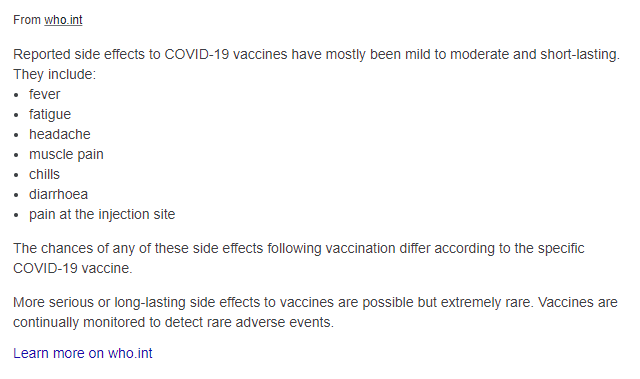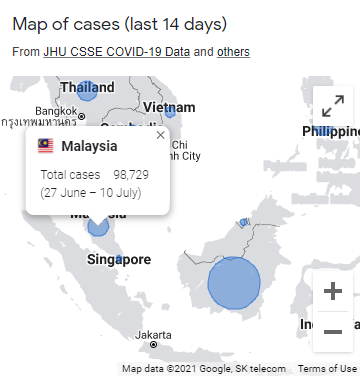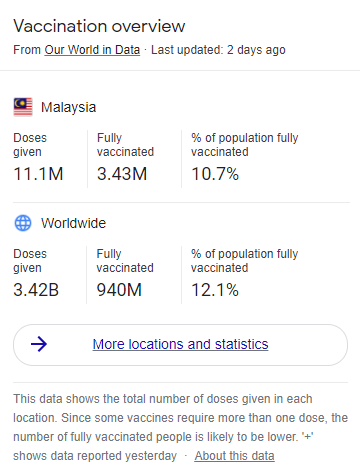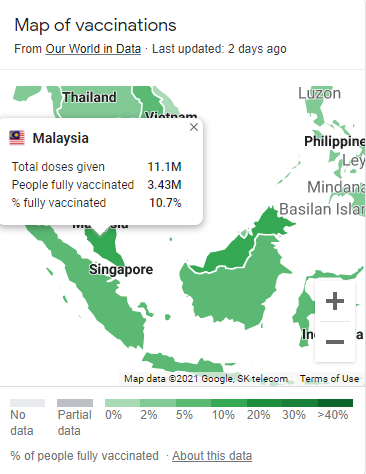Implications of immune enhancement of disease for vaccine development
A key question is why VAED is raised as a possibility for COVID-19 vaccines.
Fundamentally, this question should be asked of all vaccine candidates under development, despite the rarity of the phenomenon.
If judged safe and effective by regulatory authorities based on efficacy clinical trials that could include up to 30,000 participants per trial, then COVID-19 vaccines could be made rapidly available to far larger numbers of people.
Although determinations of vaccine safety and efficacy will be based on well-established requirements of regulatory authorities in the United States, the European Union, and other global regions, the capacity to produce and deliver millions of vaccine doses has been accelerated to gain control of the pandemic.
As a result, many people may be vaccinated before longer-term follow-up is possible.
In addition, COVID-19 vaccines will be administered to older individuals who are naïve to this pathogen, whereas knowledge about vaccine responses in this age group has often come from vaccines designed to boost waning immunity.
However, age-related differences in immune responses are being evaluated in phase 3 COVID-19 vaccine trials.
Given current knowledge, the main opportunity to identify whether a COVID-19 vaccine candidate has a risk of VAED will be in randomized, placebo-controlled phase 3 clinical trials.
Whether and when such a risk would be identified in clinical trials depend on three important factors: (i) the frequency of VAED, (ii) the time interval after vaccination when VAED might occur, and (iii) whether the manifestation of VAED is distinct from natural disease of a similar severity. Currently, it is unknown whether there would be clinical markers to distinguish VAED from natural COVID-19 disease.
The inherent complexity of COVID-19, including nonrespiratory manifestations such as coagulopathy in adults and multisystem inflammatory syndrome in children, may make this distinction particularly difficult.
Nonetheless, the occurrence of severe disease with a higher than expected frequency in a particular age group may be important as a potential signal of VAED.
The design of COVID-19 vaccine clinical trials takes these points into account by progressing from small (about 100 person) phase 1 safety trials through large (~30,000 person) phase 3 efficacy trials.
The primary efficacy analysis in a phase 3 trial may occur less than 12 months after the start of the phase 1 trial, and phase 3 trials are expected to include enough incident COVID-19 cases (e.g., 150 infection events) at that point to confidently assess whether a vaccine candidate is reducing disease incidence by a factor of 2 or greater.
All phase 3 trial participants are expected to be followed for at least 1 year.
Thus, it is critical to implement and complete phase 3 efficacy studies to ensure that the vaccine is both safe and efficacious.
Given the duration of the clinical trials, VAED will be identified if there is little delay after vaccination before the putative risk of VAED develops.
If VAED occurred during a trial and was not distinguishable from natural disease, then clinical trials might identify it through an increase in the rate of morbidity or mortality in the vaccinated group compared with the control group.
Alternatively, if VAED occurred and was distinguishable from natural disease, then clinical trials might be able to identify much lower rates of VAED.
U.S. Food and Drug Administration (FDA) guidelines for industry for emergency use authorization for vaccines to prevent COVID-19 were recently issued.
These guidelines require that the trials (i) meet the prespecified success criteria for the study’s primary efficacy end point, (ii) provide all safety data from phase 1, 2, and 3 trials, (iii) conduct follow-up of phase 3 participants for a median duration of at least 2 months after completion of the full vaccination regimen, and (iv) report five or more severe COVID-19 cases in the placebo group to assess the possibility of VAED in the vaccine group.




